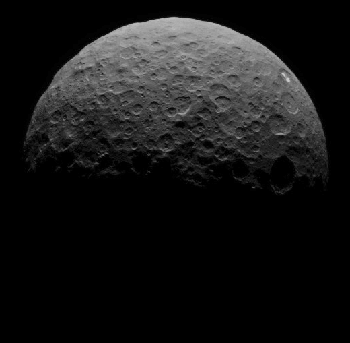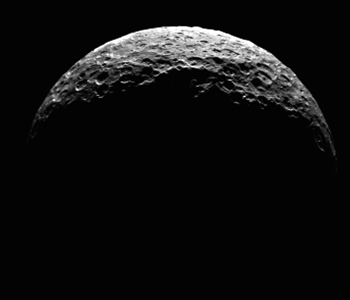Russia ends effort to build a nuclear-powered rocket engine
The competition cools down! The Russian government has decided to shut down its research project to build a nuclear rocket engine for interplanetary travel in space.
The article doesn’t give a reason, but I suspect Russia’s continuing economic problems is the source.
The idea of using nuclear power for propulsion in space has been around since the 1960s, and has shown great promise. It would provide far more power for less fuel than any existing engine. The U.S. unfortunately abandoned this research in the 1960s, partly because of the cut-backs after winning the space race and partly because of environmental protests that fear anything to do with nuclear. If the Russians had followed through, it would have given them an advantageous position in any competition to colonize the planets.
The competition cools down! The Russian government has decided to shut down its research project to build a nuclear rocket engine for interplanetary travel in space.
The article doesn’t give a reason, but I suspect Russia’s continuing economic problems is the source.
The idea of using nuclear power for propulsion in space has been around since the 1960s, and has shown great promise. It would provide far more power for less fuel than any existing engine. The U.S. unfortunately abandoned this research in the 1960s, partly because of the cut-backs after winning the space race and partly because of environmental protests that fear anything to do with nuclear. If the Russians had followed through, it would have given them an advantageous position in any competition to colonize the planets.




